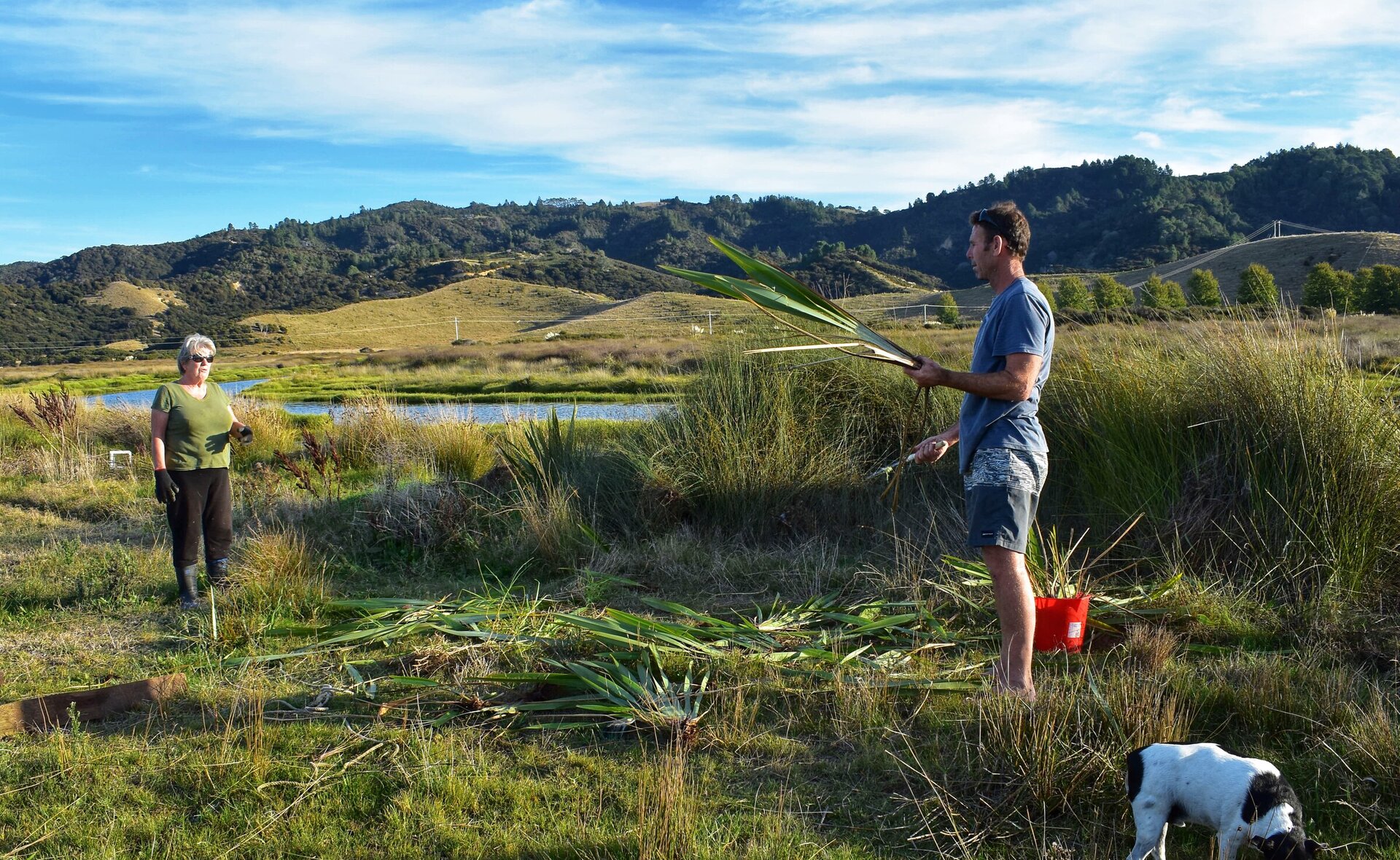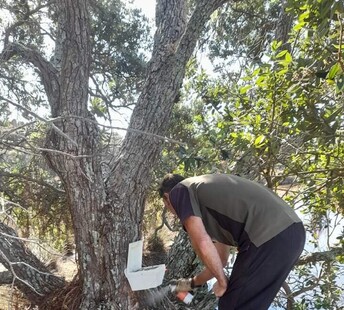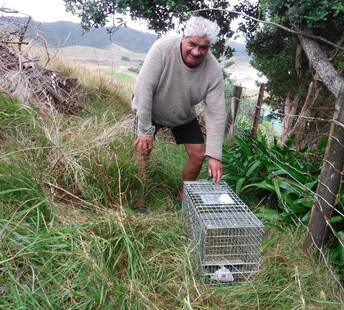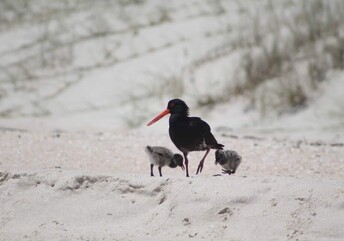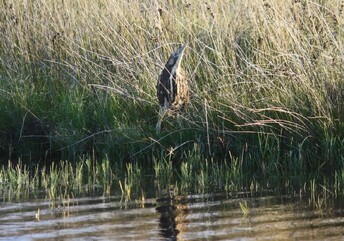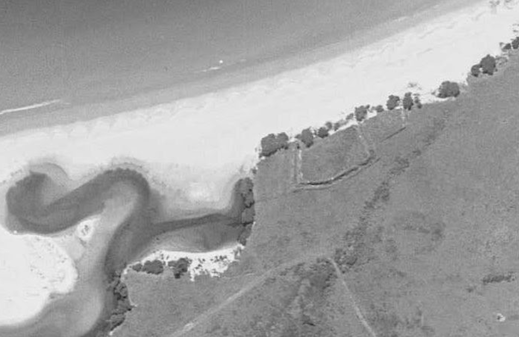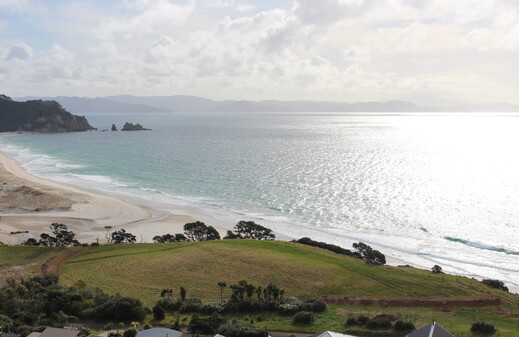What We Do
As the Otama Reserves Group, Inc, our restoration and preservation work involves pest and weed control and restorative planting with the overall aim of improving the natural habitat of our native birds, plants and marine life. Our long term goal is to restore the Otama wetland as it is an integral part of the coastal ecosystem, including the lagoon and regenerating sand dune system, thus increasing the biodiversity value in the bush to beach corridor. We are also working with the Department of Conservation (DOC) to enhance the village reserve as a recreational space for the public, whilst protecting and acknowledging the archeological pa sites.
Pest Control
The Otama Reserves Group is carrying on with the previous mahi of Kuaotunu Environmental Action Group, Department of Conservation and the Glenns, in their efforts to control and eliminate predators which include mustelids, rats, feral cats, possums and hedgehogs. We have many endangered birds species at Otama.
Our efforts also enhance the general health and wellbeing of the non-critical species including, avian, reptile, insects and fauna.
We have 6 operational traplines with a current total of 138 traps. Each trap line has been named; Kodak, Tahuahua, Kahurangi, Makutu, Motuhua and Utu and each one is maintained by 6 different community volunteers.
"Our goal is a predator free bush to beach corridor"
Weed Control
We have identified many introduced plant species (weeds) within our reserves and have implemented a weed control program with Remmant Restoration to control the weed species on our reserves with the initial focus being; Pampas, Japanese Honey Suckle, Boneseed, Ginger, Blackberry, Agapanthus and Woolly Nightshade, Cotoneaster, Brush Wattle and Gorse.
This program has been running for several years, being funded by Waikato Regional Council and DOC funding grants.
There is a significant issue with Salt Water Paspalum choking the wetland and we are seeking advice from wetland ecologists as to how best tackle the elimination of this weed.
DOC has a volunteer lupin weed control program which we support every year.
Our weed control program is an ongoing process of elimination and we are already seeing a reduction in some of the weed species on our reserves.
Restorative Planting
Restorative Planting is one of the most important aspects of our restoration work. Over the past 3 years we have planted over 6500 native plants and trees; 4000 into the Otama Wetland and 2500 into the Village Recreational Reserve. We couldn't have achieved this without the enthusiastic support of our community who have attended the many planting days we have held.
We believe our planting efforts will have a significant impact on the general health of the coastal environment, by improving the health of the wetland and acting as a buffer to costal erosion. This has had a positive impact on increasing bird habitat and we are already seeing increasing numbers of native birds on our reserves.
A wetland restoration plan is being drawn up by wetland ecologists Meg Graeme and Jim Dahm which will involve many years of riparian planting to restore the wetland to a healthy ecosystem, improving water quality.
All our plants are carefully selected for each specific site within the Wetland, Dunes and Village Domain Reserve from native nurseries, where they are grown from locally sourced seeds.
In 2018 an area on the Village Reserve at Otama was cleared of agapanthus and blackberry and was replanted with various varieties of heritage Harakeke to establish a Pa Harakeke - a flax plantation which is utilised by local weavers. Heritage varieties of Harakeke were donated by the Auckland Botanical Gardens and include Meneene, Ngaro, Te Mata,Makaweroa, Mawaru and Raumoa and are identified in the Pa Harakeke.
TCDC are undertaking a costal dune planting program on the fore dunes near the TCDC road reserve at the western end of Otama. This is part of a shore line management program to protect against costal erosion. We support this project.
We have created a plant log to record what has been planted (see below).
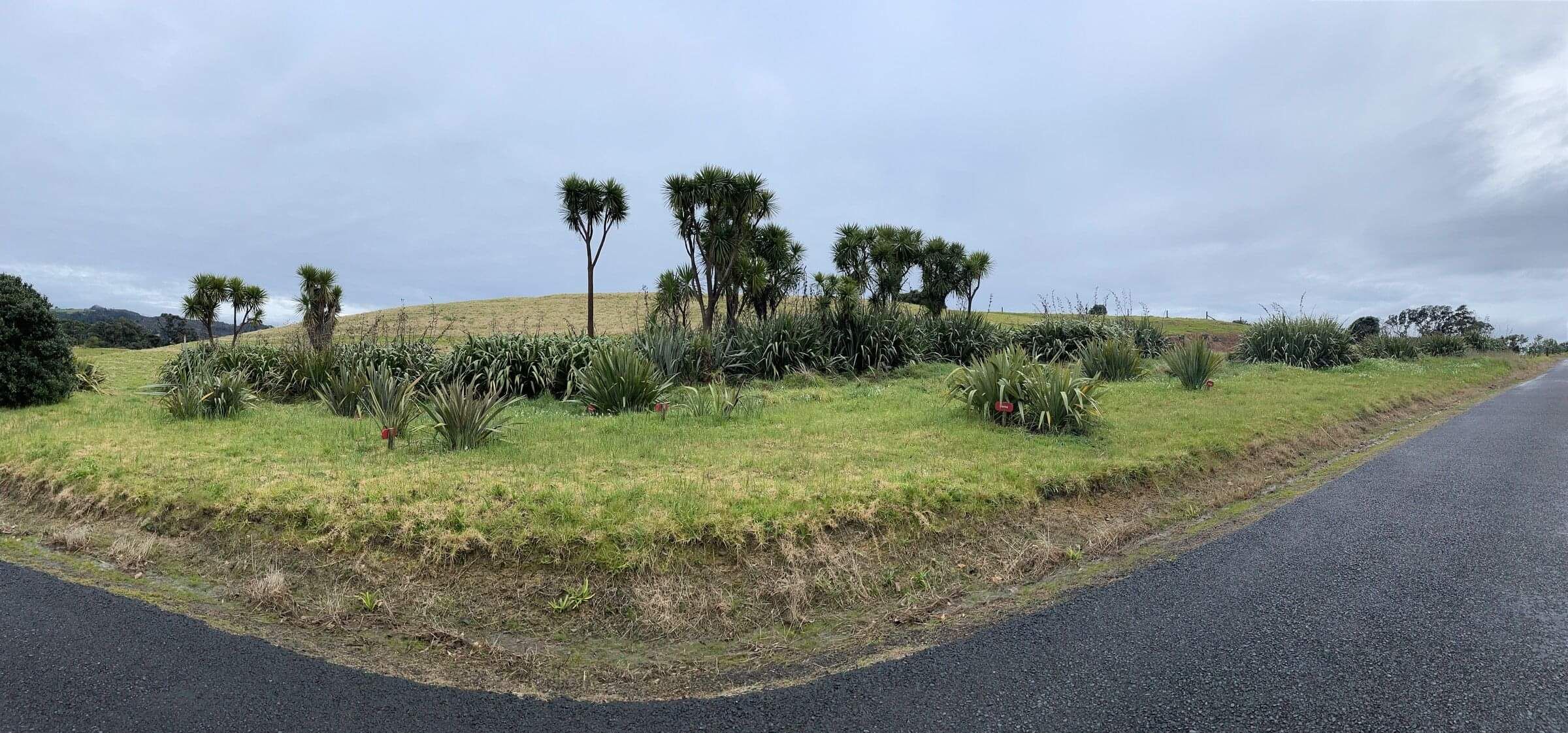
Native Bird Protection
Otama is home to several native endangered bird species. Protection of the endangered native birds is a big motivator for our preservation efforts. We can see a definite increase in the native bird population as a direct result of our 5 year trapping program throughout the wetland, sand dunes and other reserve areas. It is very rewarding to see the bird population flourish so we have begun documenting the native birds we have sighted within the area (see bird log).
There is a dedicated Dotterel protection program at Otama beach and dunes. This is run by 2 community residents with the support of DOC.
We were very proud that our wetland was chosen to re-home a rescued Bittern from the Kuaotunu Bird Rescue Trust and Bittern Conservation New Zealand. This adds to our small Bittern community living in the wetland.
Project Kiwi Trust operates in the native bush surrounding our reserves. They support our trapping activities and we are working in conjunction with them to connect the biodiversity corridor between the native forest to the foreshore.
We have 3 pairs of resident Oyster Catchers at Otama Beach and over the summer months they have their chicks as do the the Dotterels, near the high tide mark. Please respect the taped off areas which indicate their nesting area/s and please abide to the dog bylaws, which are put in place to protect them.
“While carrying out pest control we found out we have makutu, fern birds, pateke and scaup – along with many other bird species – and this is what inspires us to protect and preserve these reserves, along with what inhabits them”
Management of the Recreational Reserve
The Otama Reserves Group is working with Department of Conservation to manage the Village Reserve as a recreational space for the New Zealand public.
Together with DOC and Thames Coromandel District Council (TCDC) we have created a landscape plan to enhance the Village Reserve with the following key objectives...
- To protect and respect the archaeological sites on the Otama Village Reserve with the support of iwi.
- To educate the public regarding the significance of the Otama Village Reserve as a village pa site and trading post of the Ngati Hei as well as the other two pa sites at Otama.
- To protect the ancient pohutukawa trees and native bird habitat by directing the public access away from the trees on the cliff edge by installing new beach access to divert foot traffic off the tree roots.
- To protect the eroding cliff face and prevent vehicular access close to the cliff edges.
- To manage the fire risk by implementing a mowing schedule.
- To enhance the natural features of the domain to encourage community use and respect for this archaeological and environmentally significant space.
- To continue the ORG pest and weed control programme as part of the environmental restoration programme undertaken on the Otama Reserves.
- To provide emergency access for a helicopter.
- To provide a Harakeke pa for local weavers, indicating the individual varieties of native flax.
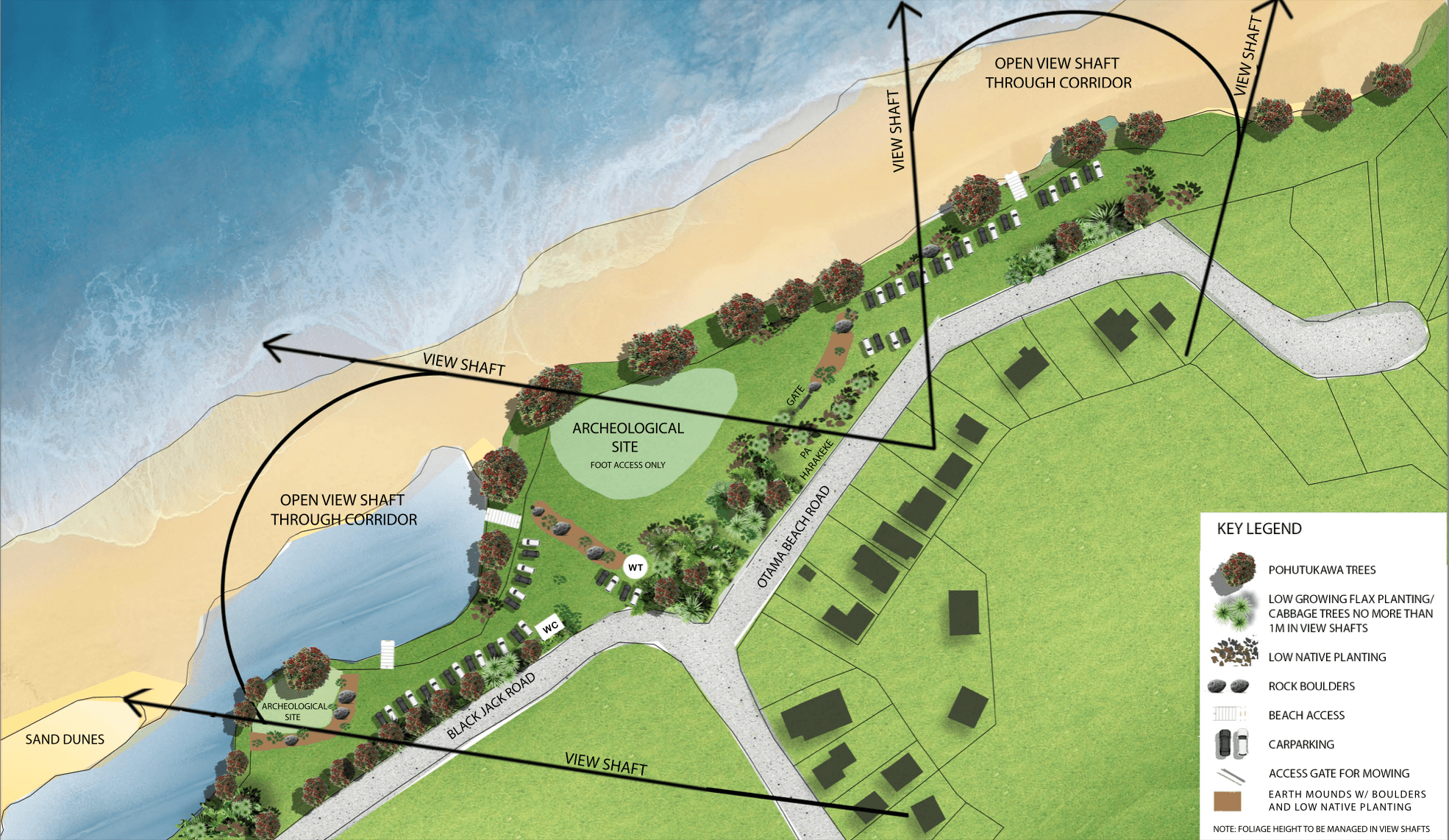
Protection of the Archaeological Pa Sites
Recognising and respecting the historical archeological pa sites on the Otama Reserves is a key objective of the Otama Reserves Group and part of an integrated landscape plan for the Village Reserve. There are 4 significant Ngati Hei pas sites at Otama and we are working with DOC, the Historical Department and iwi to cordon off the two sites on the Village Reserve to protect them and educate the public about their significance to the community and Ngati Hei.
The first archeological site on the Village Reserve to be protected is the village pa site and
then a significant trading post located near the lagoon area.
The village site has been GPS located by the DOC historic department, and earth bunds have
been formed on geotech fabric to cordon off the site from vehicular traffic and provide
pedestrian only access to encourage a picnic and contemplation area. A gate for mowing and emergency access to the pa site has been installed.
Many thanks to Roadworx who supplied the boulders and to Ventia NZ who provided the
digger to place them on the mounds free of charge.
The mounds were planted with 2570 native plants and mulched by 25 enthusiastic community volunteers over several planting days. The plants were provided by Kim Lawry from the Mercury Bay Environmental Trust and paid for by DOC. We are setting up a watering system to ensure that the plants survive their first summer.
Signage will be prepared to educate the public about the historical pa sites of the Ngati Hei with the help of Joe Davis (local iwi).
This project has been a great success and would not have been achieved without the
combined support of the Otama community, DOC and iwi.
Wetland Restoration Plan
We have engaged the services of Meg Graeme and Jim Dahm, wetland ecologists from
Natural Solutions to draw up a wetland restoration plan for the Otama wetland.
This has been funded by DOC and WRC and is supported by TCDC.
Our Wetland Restoration plan will involve :
- Identification of the natural boundaries of the wetland and relevant landowners
- Assessment of controls / influences on wetland hydrology
- Assessment of wetland values and functioning including plant communities and hydrologic control
- Assessment of historic modification
- Identification of existing and potential threats to the wetland, including drainage, bunding, anthropogenic modification of wetland hydrology, plant and animal pests, siltation and contamination runoff, and potential future effects of climate change
- Identification and prioritisation of the various desired actions required to protect and restore the wetland and wetland hydrology
Our restoration plan will provide us an action plan to address the restoration process and
set specific restoration goals to work towards.

